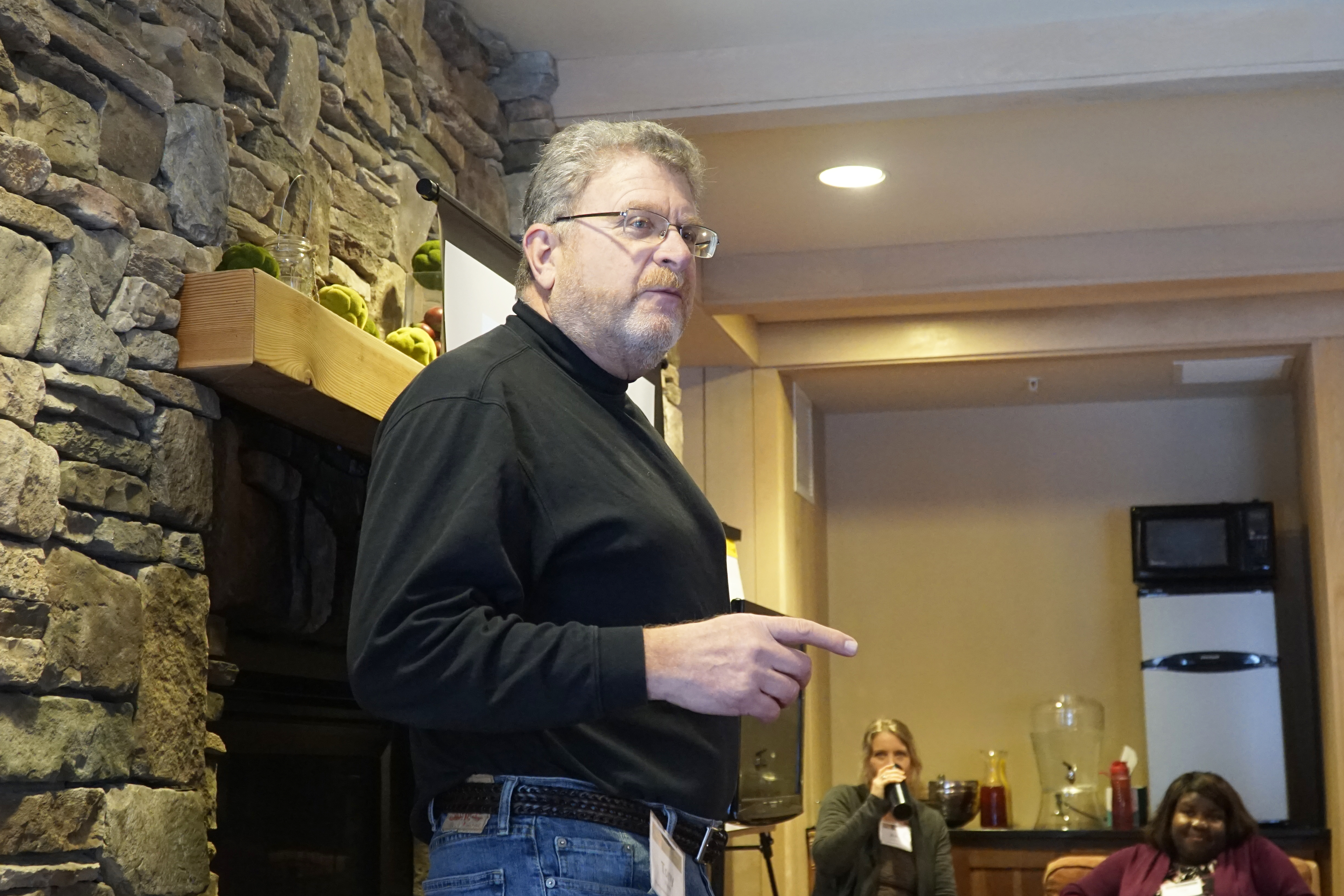Giving negative feedback (or more appropriately stated as constructive feedback) can be challenging for most people. One of the key items that makes it challenging is how we are mentally prepared for the discussion. All too often, the internal dialog that drives our anxiety about giving feedback is loaded with negativity around reactions from the other person and the belief that this conversation will go poorly.
At the outset, you must first adjust the voice inside your head. Ask yourself why you are giving this feedback in the first place. Is it to make sure this individual knows they are poorly performing and not meeting expectations? Or is it to give feedback and information that they may not know about so they can be better at what they are doing? There is a significant psychological difference between the two approaches. The first is judgmental and punitive, while the second is developmental and supportive. Your goal in the conversation should be to engage and educate, not to judge. Of course, this is easier to do when the feedback is timely and not “stored up”.
Another important consideration is to avoid making “top down” statements to the individual. Rather, engage the individual with questions that encourage them to self-explore and discover the opportunities that exist in their performance. Asking questions with curiosity provides the individual an opportunity to interpret what is happening, instead of being told what is happening. For example, when asking about a difficult interaction: “How did you interpret the reaction you got from Sally about the work you provided?” A question based in self-discovery engages the person at a different level, as it is no longer their manager them about their problems and the solutions they should take. In the best scenario, they are doing it themselves with you as a guide.
Our mental model for engaging in these conversations is a significant driver on how the conversation will go. When you have success with this different approach, be sure to remember that success and how it came about. You can use that memory to help structure the voice in your head for the next conversation.


